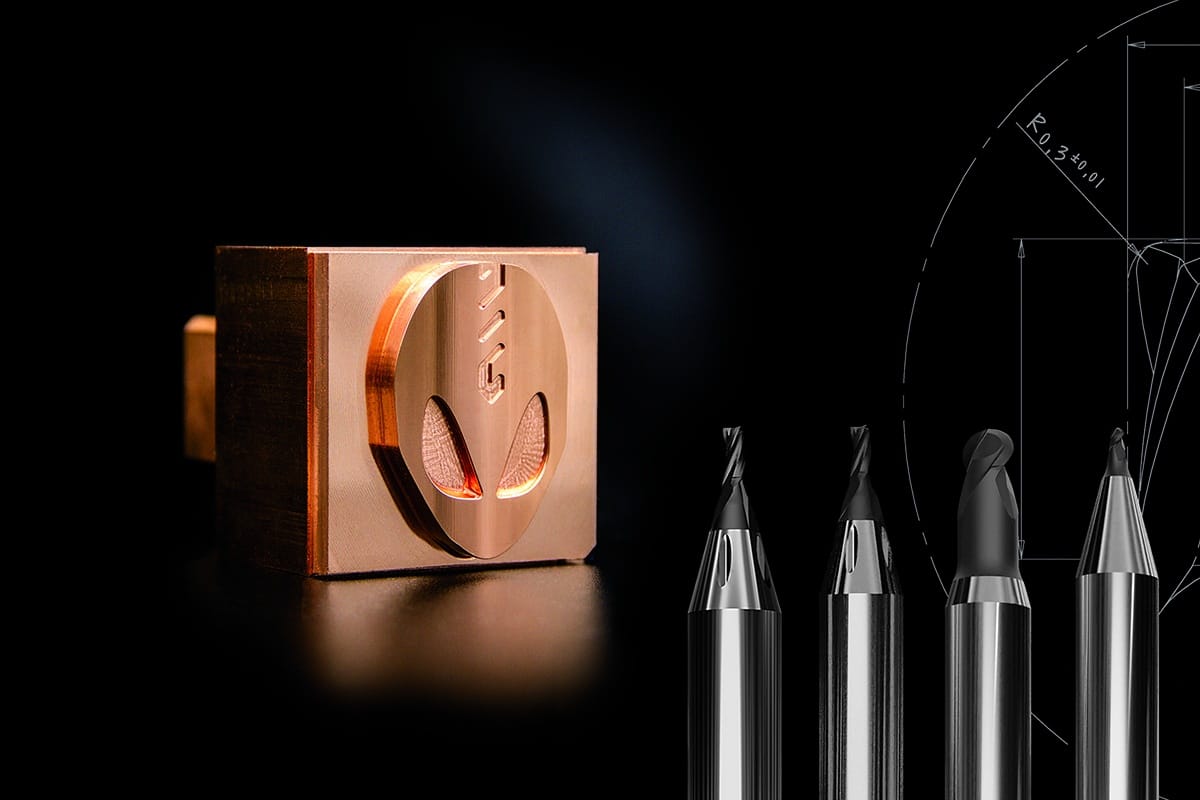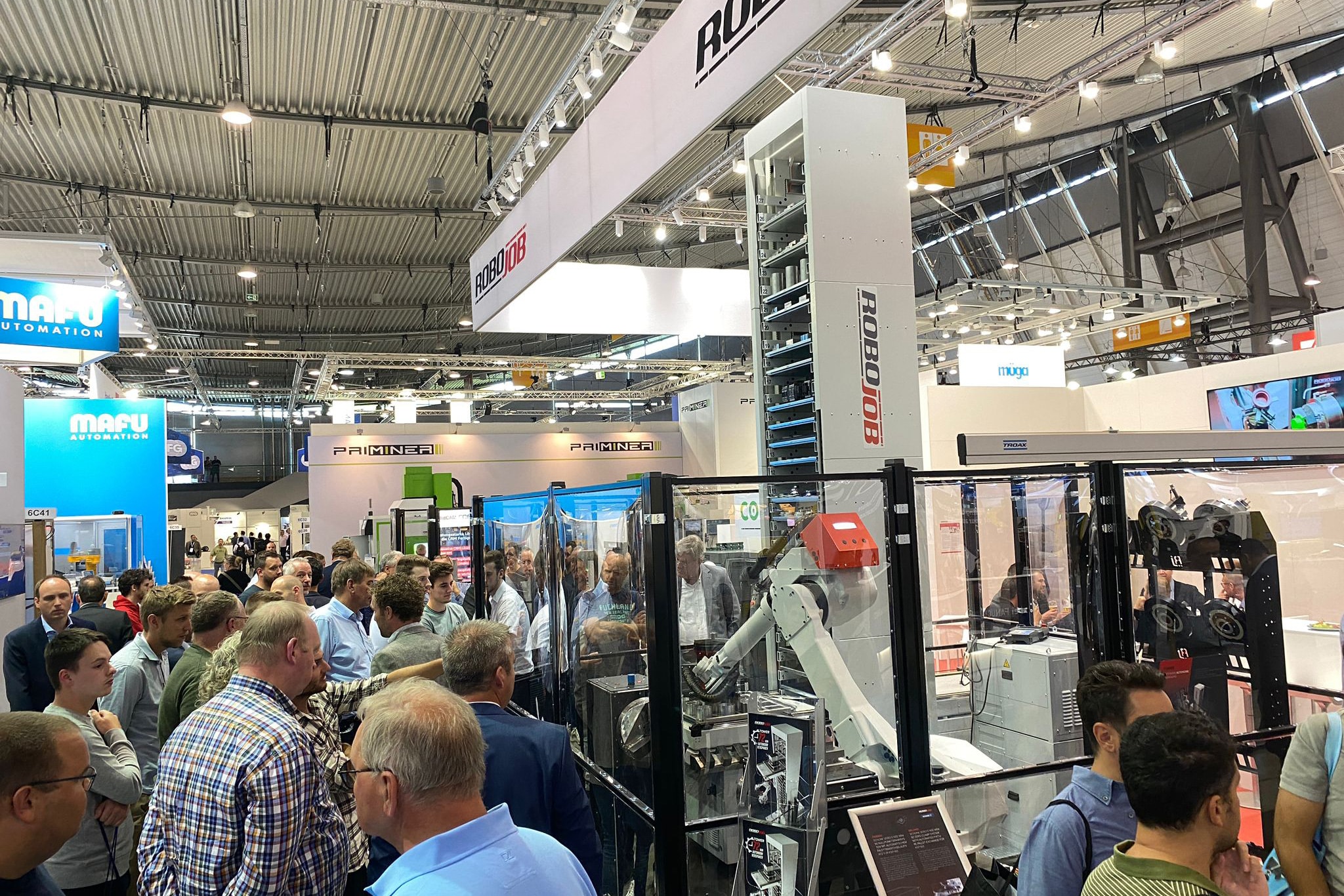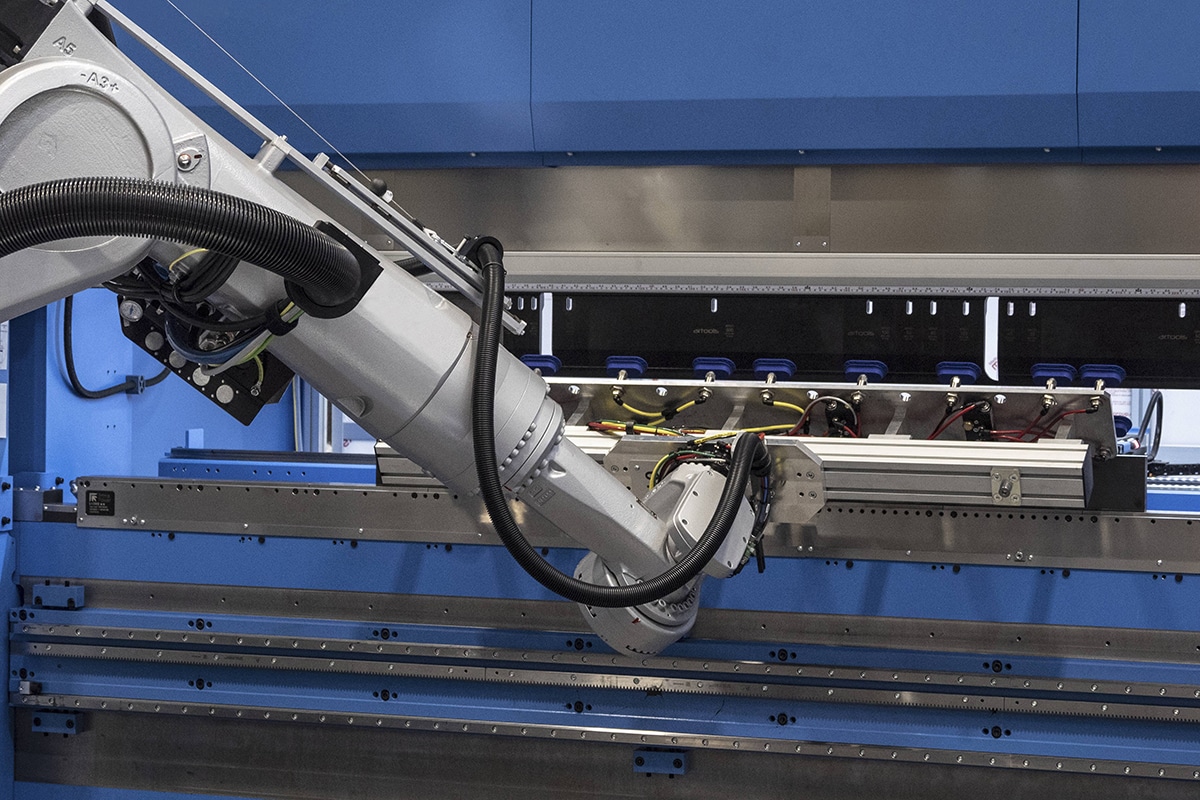
8 benefits when using aluminum in construction
With what ecological building materials can buildings be designed and with high insulation parameters? With what can even the absolute non-standard architectural projects be realized? With aluminum!
There are at least 8 reasons why aluminum is an excellent choice for the Architectural Engineering & Construction (AEC) industry.
1. The material is lighter than steel
Aluminum is three times lighter than steel. Therefore, aluminum structures can be set up where other solutions are not possible. Due to the lightness and rigidity of aluminum components, glazing can be designed with dimensions previously impossible.

- One of our leading products of this type is the MB-SR50N column and mirror wall, intended for the construction of lightweight curtain walls. This choice offers both durability and robustness to design an aesthetic façade with a large glass area, providing a uniform grid appearance - explains Emmanuel Gregoire, Managing Director at Aluprof Belgium nv out.
2. Free choice to form profiles
Flexibility and beautiful durability that allow the creation of facade systems in an almost unlimited number of shapes.
Aluminum is a very powerful tool for architects to realize the most creative artistic visions ... but that is not the only plus point. Narrow profiles mean that aluminum can also be used in renovation projects. Especially where the historic facade must be preserved.

3. No corrosion
Unlike steel, aluminum is not subject to corrosion. This is important with regard to the maintenance of the material. It extends the life of the building and makes renovations or replacements less frequent.
4. Very good thermal properties
The times when aluminum windows were considered "cold" are long gone - clarifies Emmanuel Gregoire. Now we achieve very good insulation parameters, as low as 0.5 W/m2K. This is confirmed by, among other things, the certificate from the Passive House Institute in Darmstadt, which evaluates our systems, the expert said.
- By using wide thermal breaks, with a special shape, we can apply an additional partition in the profile insulation. We insulate the space between the sash and the frame with a two-component central gasket, and between the glass itself and the profiles we use additional insulating inserts. The result? Very good insulation parameters required for modern, ecological construction, clarifies the expert.

5. Weather resistance
Aluminum window, door and façade systems also have excellent parameters for resistance to weather conditions (wind, rain, temperature). Aluminum can be perfectly used to create fire-resistant components.
- For example, the MB-78EI system can be used to implement internal and external fire partitions with single or double doors with high fire resistance ratings (from EI15 to EI90), said Emmanuel Gregoire.
6. Complete recycling of aluminum
From an ecological standpoint, there is nothing more important today than reducing the carbon footprint and waste quantities. Aluminum is the perfect material in this regard, as it can be endlessly processed without loss of quality, and its recycling requires only 5 % of the energy needed to produce primary aluminum.
By recovering aluminum scrap, we also reduce air pollution (by 95 %) and water pollution (by 97 %). Such high raw material processability not only means that raw material can be recovered, but also that the amount of construction waste can be reduced.

7. Small carbon footprint
Choosing the appropriate aluminum supplier can further reduce the carbon footprint of the investment. By using a high amount of aluminum waste in smelting during the production process, one can obtain aluminum ingots with a lower CO2-value.
– The difference is very large because while the average value of carbon footprint of primary aluminum (world production) 16.7 t CO2 e/t amounts to 6.7 tCO2 e/t, amounts to at Aluprof Total greenhouse gas (GHG) emissions. only 2.9 t CO2 e/t, by using 65 % recycled aluminum during the smelting process, clarifies the Managing Director at Aluprof Belgium nv.
8. Circular economy
Since aluminum can be reused, this material can be used in a circular economy. Not as part of the biological cycle (where the processed waste turns into fertilizer), but as part of the technical cycle, where the waste becomes a product again.
The circular economy is the key strategic issue for the European Union to achieve climate neutrality and halt biodiversity loss. This is very important for Brussels, since with programs such as the PREC (Programma Régional en Economie Circulaire), it aims to achieve good results in terms of the circular economy.
- Certain façade, window, and door systems from Aluprof (e.g. MB-SR50N HI+, MB-86 SI) achieved Cradle to Cradle certification, awarded by the Cradle to Cradle Products Innovation Institute. This is the definitive proof that these are building materials with a positive impact on the environment and people, which enables building structures in a circular economy, Emmanuel Gregoire stressed.

Let's Build a Better Future
The importance of aluminum in the AEC industry is growing, because as a company that produces aluminum facade systems, we do not rest on our laurels, stressed Gregoire. On the one hand, we are developing technologically. The result offers new technical solutions that increase the lifespan and durability of the systems we provide. On the other hand, we are working to reduce our impact on the environment. We plan to reduce Aluprof's carbon footprint by another 15 % by 2025, and by 2050 we want to be completely carbon neutral.
Excellent durability and robustness. The ability to design even the most atypical and demanding structures. The ease of using it in the revitalization and renovation of a property. These arguments show that aluminum is a building material with versatile applications that cannot be ignored. And if we add to this its ecological value and neutral impact on the environment, it is clear that aluminum is the material of the future for the construction industry.
Article sponsored by Aluprof

ALUPROF BELGIUM NV
TVA BE: 0631.791.484
VAT BE: 0631.791.484
Zeelsebaan 61, 9200 Dendermonde
+32 52 258 110
aluprof.eu/en



